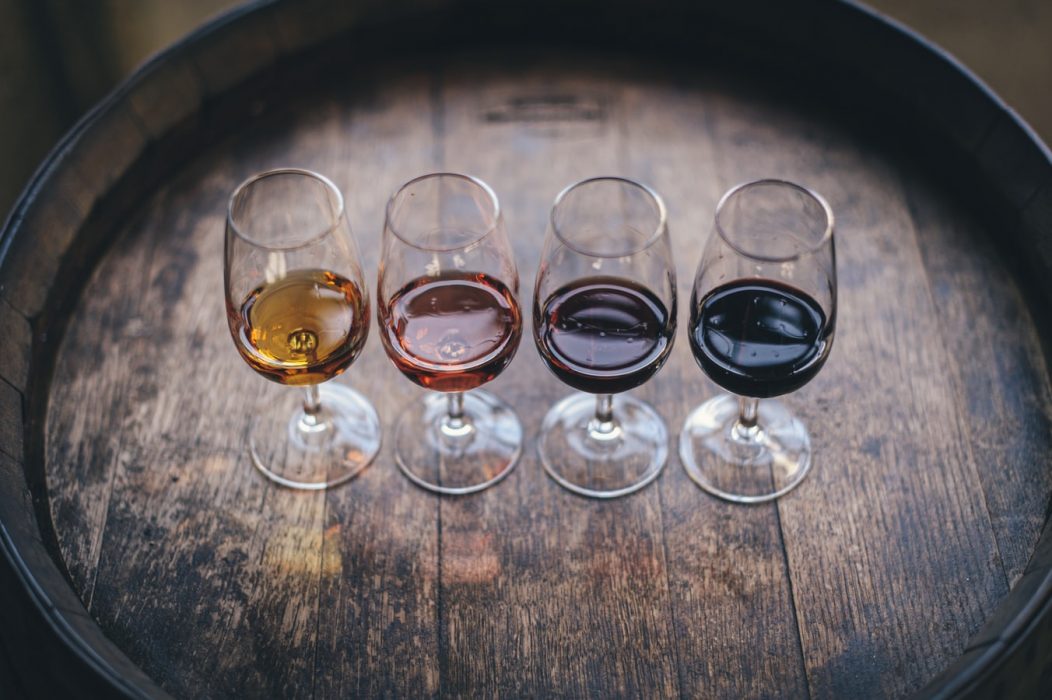A well-crafted wine list can add another dimension to an already perfect dining experience. Spending time creating or improving a wine list is something that every restaurateur should do. An appealing wine list is a powerful tool in a venue’s arsenal.
How does one go about creating a wine list that complements the food?
To Jim Robertson, Pernod Ricard winemakers global wine ambassador, the perfect wine list is about balance.

Jim Robertson, Pernod Ricard.
“You’re looking to find pairings that match and enhance both the wine and the food,” said Robertson. “You have to marry the flavours and textures, the aromatics and the weight of the food and wine together.”
This, however, isn’t something that just happens. Considering that building a small wine list can often be trickier than building an extensive one, calling in help from a sommelier is a safe option. Spending time with the chef in charge of the menu, and the sommelier, and going through the dishes and tasting them against a selection of wines is a good way to get an idea of appropriate pairings.
As the wine is often in support of an excellent menu, Roscoe Johanson, Giesen Group global brand ambassador recommended thinking about the kind of food being served, and what wines would likely match.
“If you’re focusing on seafood, then light-bodied white and aromatic wines should feature predominantly,” said Johanson. “If you are heavy on protein, consider bolder red wines like Cabernet Sauvignon, Syrah or Tempranillo.”
Johanson also said that consumers would often order a wine that they are already somewhat familiar with.
“I always recommend having well-know brands featured alongside more bespoke offerings.”
Pairing with food, and making sure that the wine list has recognisable brands is just one aspect of creating the perfect wine list. Another critical element is understanding the customer and working around what they expect to drink.

Roscoe Johanson, Giesen Group.
Photo credit: Babiche Martens.
“The growth of organic products is a good example,” continued Johanson. “There are a significant number of consumers who are demanding organic wines and are in the financial position to pay a premium.”
This sort of trend is perhaps not as relevant to other restaurants or cafés or areas, as the demand may not be as high. Knowing what kind of offering your expected customer is after will help restaurants determine what wines should adorn their wine list.
Once you’ve crafted the perfect wine list, the job is not finished. It is essential to have staff that can understand and encourage, or converse with customers to find something that they will enjoy. Johanson said that it is vital that the wine list is backed up by knowledgeable staff that know about the wines they are selling. One way of doing this is by having an internal selection panel where staff can have input into the list. Johanson said that this creates an inclusive culture and helps develop knowledge around the wines.
Restaurant and Café asked James Cutfield, senior manager of domestic and export sales at HaHa Wine Company for three top tips for making a wine list.
“Firstly, don’t overdo it—you get lost in a list that is too big. Second of all, try and have a couple of surprising wines on there, something that people don’t see all that often. And finally, be original.”
If time and effort are put into crafting a wine list that represents the direction of the business, the expectations of the clientele, and appropriately complements the food, the dining experience will be thoroughly enriched. New Zealand’s scale lends itself to every region having local wines at hand. This is another thing that customers, especially international visitors, would love to see on any wine list - locality. Perhaps a daunting sounding task, but creating the perfect wine list elevates a good dining experience, to a fantastic dining experience.







